By Richard Strauss
Introduction: Sunrise
ALSO SPRACH ZARATHUSTRA
OP. 30
Complete
Georg Solti, Conductor
Chicago Symphony Orchestra
OP. 30
Complete
Georg Solti, Conductor
Chicago Symphony Orchestra
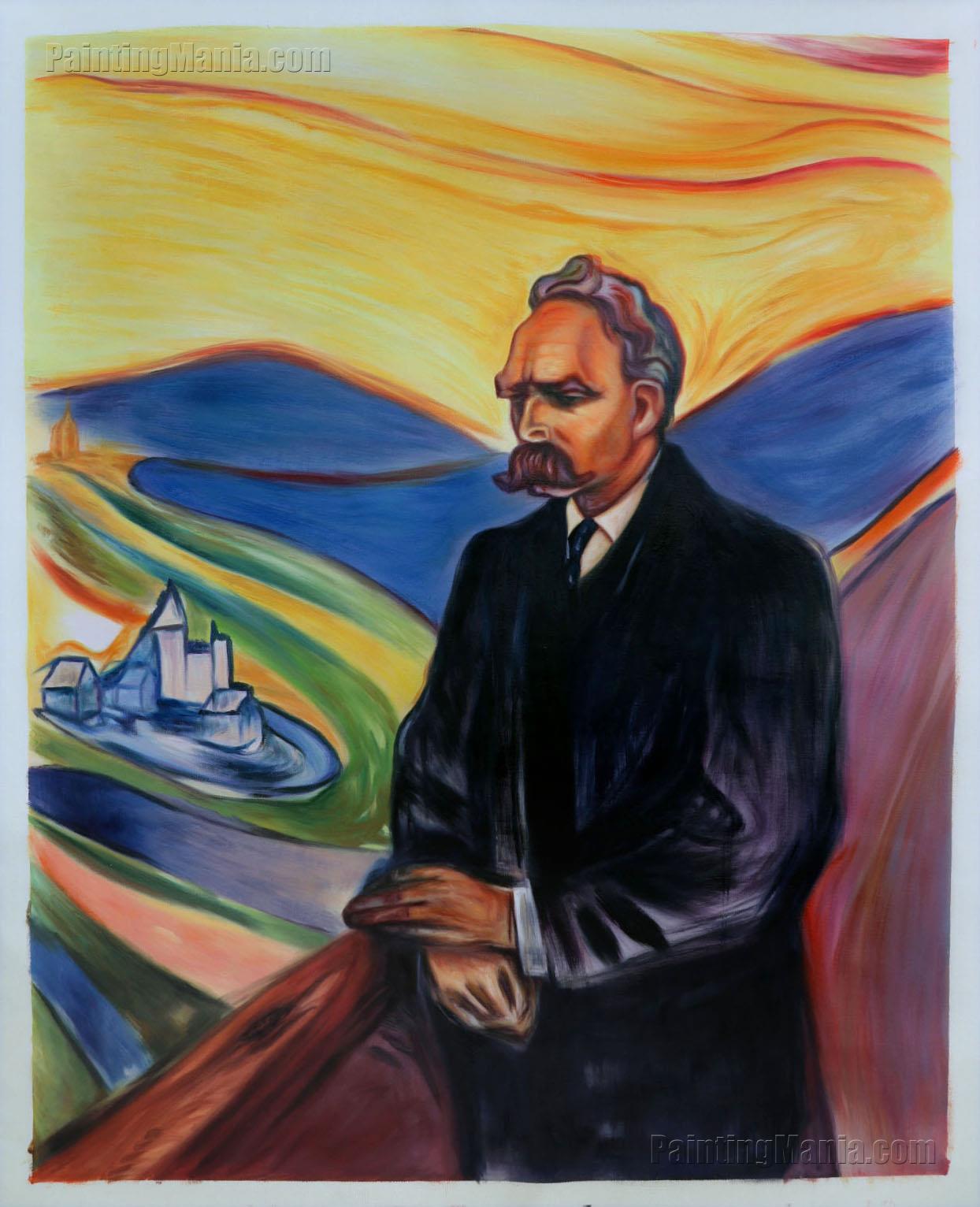 |
| Edvard Munch: Friedrich Nietzsche (1844-1900 ), 1906 |
Introductory Speech:
"Having attained the age of thirty, Zarathustra left his
home and the lake of his home and went into the
mountains. There he rejoiced in his spirit and his
loneliness, and for ten years did not grow weary of it.
But at last his heart turned one morning he got up
with the dawn, stepped into the presence of the Sun
and thus spake unto him: 'Thou great star! What
would be thy happiness, were it not for those for
whom thou shinest?"
Nietzsche's imagery of Zarathustra retreating into
the wilderness may have been borrowed from
"The Allegory of the Cave" in Plato's Republic. In
it Plato says that an enlightened thinker is like a
man who gradually struggles free of the chains of
illusion in an underground cave and who learns by
ascending to the world above and viewing things
in the light of day, finally discovering the essence
of truth by gazing at the sun itself
(http://public.wsu.edu/~brians/hum_303/zarathustra.html)
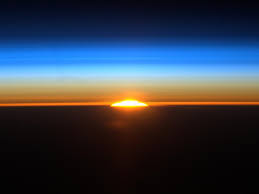
"Having attained the age of thirty, Zarathustra left his
home and the lake of his home and went into the
mountains. There he rejoiced in his spirit and his
loneliness, and for ten years did not grow weary of it.
But at last his heart turned one morning he got up
with the dawn, stepped into the presence of the Sun
and thus spake unto him: 'Thou great star! What
would be thy happiness, were it not for those for
whom thou shinest?"
Nietzsche's imagery of Zarathustra retreating into
the wilderness may have been borrowed from
"The Allegory of the Cave" in Plato's Republic. In
it Plato says that an enlightened thinker is like a
man who gradually struggles free of the chains of
illusion in an underground cave and who learns by
ascending to the world above and viewing things
in the light of day, finally discovering the essence
of truth by gazing at the sun itself
(http://public.wsu.edu/~brians/hum_303/zarathustra.html)

The introduction to the story (symbolized by the
dawning of a "Sunrise") is musically portrayed by
the German composer Richard Strauss (1864-1949)
dawning of a "Sunrise") is musically portrayed by
the German composer Richard Strauss (1864-1949)
| http://www.richardstrauss.at/strauss-und-wagner-ein-lebensthema.html |
in which there is a solemn trumpet motive [based on
the first three notes of natural overtone series
(called the Nature-motif in intervals of a fifth
and octave, as C-G-C)] which leads to a great climax
(the rising of the sun) for full orchestra and organ
on the chord of C major.
(called the Nature-motif in intervals of a fifth
and octave, as C-G-C)] which leads to a great climax
(the rising of the sun) for full orchestra and organ
on the chord of C major.
This initial fanfare (also entitled "Sunrise") became
particularly well known to the general public due to
its use in Stanley Kubrick's 1968 film
2001: A Space Odyssey,
https://www.youtube.com/watch?v=3XyS7uCtnq0
particularly well known to the general public due to
its use in Stanley Kubrick's 1968 film
2001: A Space Odyssey,
https://www.youtube.com/watch?v=3XyS7uCtnq0
and as the theme music of the Apollo program.
The fanfare has also been used in many other
productions like at the beginning of Toy Story 2.
https://www.youtube.com/watch?v=fT1PBwY_Gvw
The fanfare has also been used in many other
productions like at the beginning of Toy Story 2.
https://www.youtube.com/watch?v=fT1PBwY_Gvw
LINKS
http://blog.moviefone.com/2011/03/07/also-sprach-zarathustra-in-movies/
http://tvtropes.org/pmwiki/pmwiki.php/Main/AlsoSprachZarathustra
http://wheredihearthat.blogspot.com/2011/07/also-sprach-zarathustra.html
http://www.laphil.com/philpedia/music/also-sprach-zarathustra-richard-strauss
http://www.americansymphony.org/concert_notes/also-sprach-zarathustra-op-30-1896
http://www.uh.edu/engines/epi2501.htm
http://www.trumpetexcerpts.org/also-sprach-zarathustra.html
http://piratesandrevolutionaries.blogspot.com/2009/04/before-sunrise-nietzsche-thus-spoke.html
http://blog.moviefone.com/2011/03/07/also-sprach-zarathustra-in-movies/
http://tvtropes.org/pmwiki/pmwiki.php/Main/AlsoSprachZarathustra
http://wheredihearthat.blogspot.com/2011/07/also-sprach-zarathustra.html
http://www.laphil.com/philpedia/music/also-sprach-zarathustra-richard-strauss
http://www.americansymphony.org/concert_notes/also-sprach-zarathustra-op-30-1896
http://www.uh.edu/engines/epi2501.htm
http://www.trumpetexcerpts.org/also-sprach-zarathustra.html
http://piratesandrevolutionaries.blogspot.com/2009/04/before-sunrise-nietzsche-thus-spoke.html
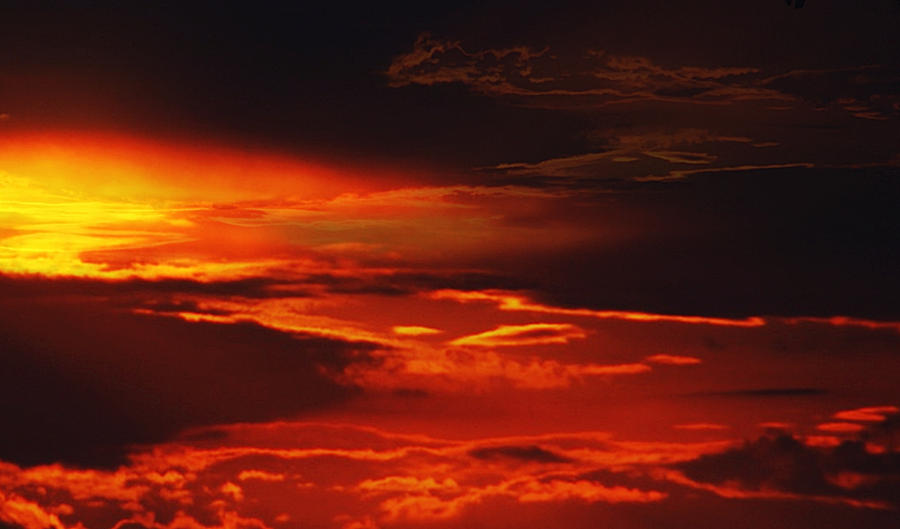 |
| http://www.deviantart.com/art/Background-sky-3-288185040 |
I imagined what it might have looked like
if I saw a sunrise for the first time in a long
while and this picture came to mind
(even though it is about a sunset):
if I saw a sunrise for the first time in a long
while and this picture came to mind
(even though it is about a sunset):
 |
| Edvard Munch: Scream |
that I found interesting and amusing:


 |
| Arnold Schoenberg, Composer (1874-1951): Self Portrait |
 |
| Andy Warhol: The Sream (After Munch). 1984 |






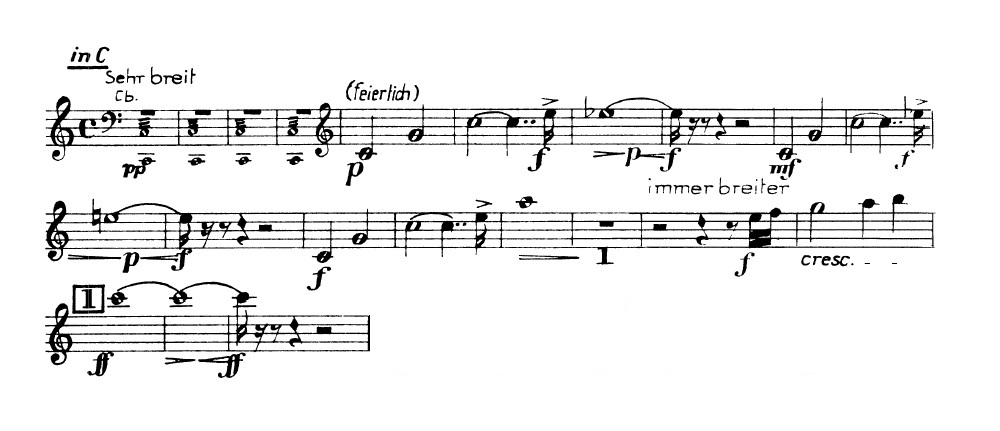


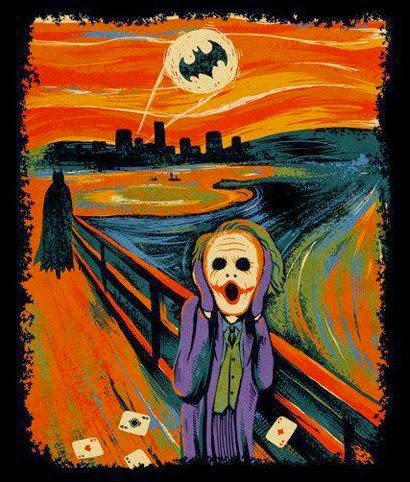



.jpg)
